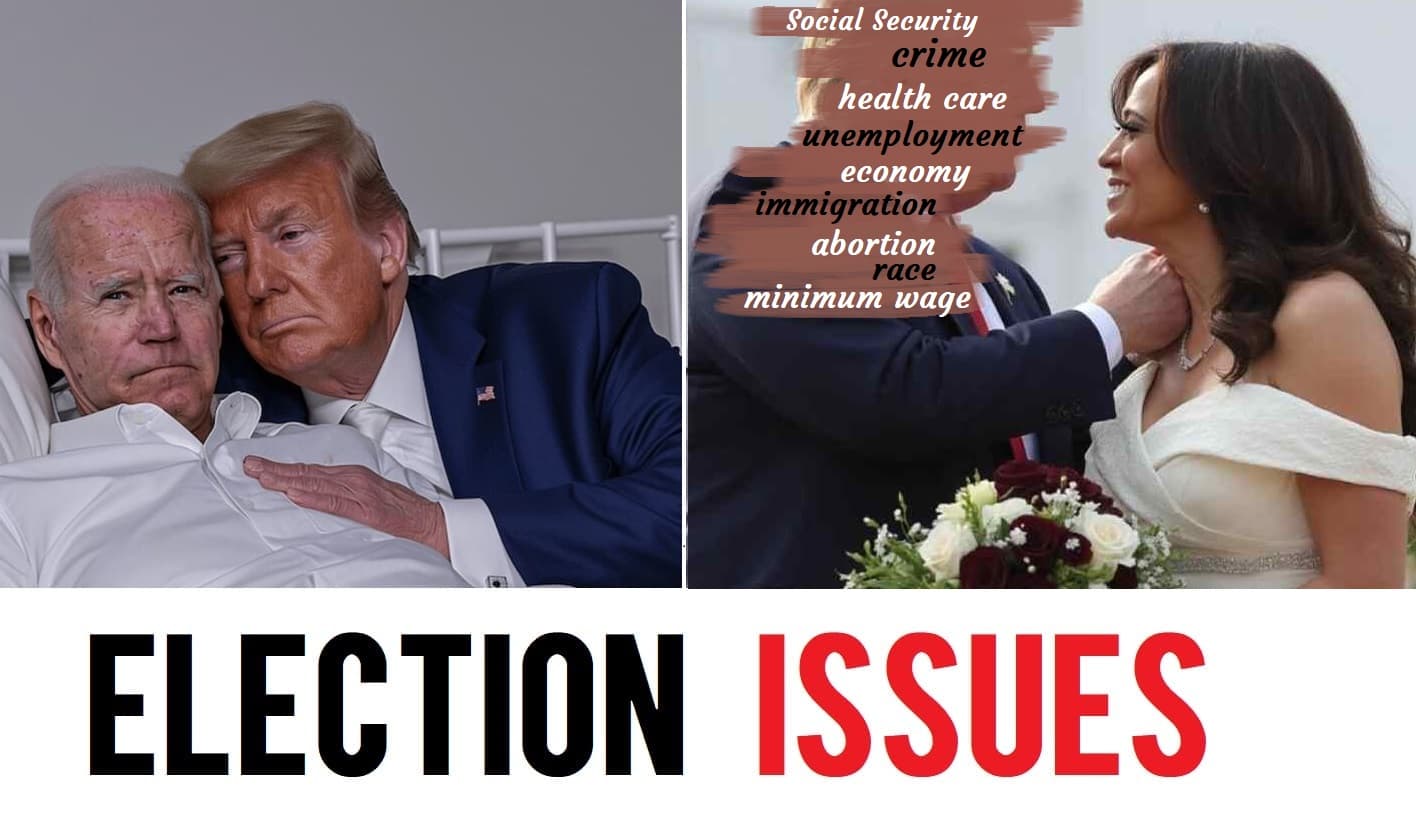
Key Takeaways
- Media’s Influence: Media coverage significantly impacts how you view gun rights and control.
- Socioeconomic Factors: Your economic status can shape your perspective on guns.
- Demographic Differences: Your ethnicity, location, and gender affect your gun-related views.
- Educational Impact: Your level of education influences your stance on gun safety and ownership.
In this article, we’ll explore how media coverage, socioeconomic status, and various personal factors shape public opinions on gun rights and control. Understanding these dynamics can help you navigate the complex landscape of gun policy debates and make informed decisions in the upcoming election.
The Role of Media Coverage in Shaping Public Opinions on Gun Rights and Control
How Media Shapes Views
Media coverage plays a crucial role in shaping your opinions on gun rights and gun control. Here’s how:
- Highlighting Incidents: News stories about gun violence can increase public concern and support for stricter gun control.
- Selective Reporting: Media outlets might emphasize certain aspects of gun issues while downplaying others, influencing how you perceive the problem.
- Political Bias: Different media sources can present gun rights and control from varying ideological perspectives, affecting your views based on the source you follow.
Example: If you primarily watch news channels that focus on gun violence, you might support more stringent gun control measures. Conversely, if you follow outlets that highlight gun rights and personal freedom, you might oppose new restrictions.
The Impact of Socioeconomic Status on Views About the Role of Guns in Society
Socioeconomic Factors and Gun Views
Your socioeconomic status affects your perspective on guns:
- Income Levels: People with lower incomes might view guns as a necessary means of protection, while those with higher incomes might be more focused on safety and regulation.
- Occupation: Your job can also influence your views. For instance, those working in high-risk professions might support more robust gun rights for self-defense, whereas others might prioritize stricter controls for safety.
Example: A person working in a high-crime area might support more gun rights for self-defense, while someone with a high-income, office-based job might advocate for tighter gun control to address safety concerns.
Comparative Study of Attitudes Toward Gun Ownership Among White and Hispanic Trump Supporters
Ethnic Differences in Gun Views
Attitudes towards gun ownership can vary among different ethnic groups:
- White Trump Supporters: Often emphasize gun rights and personal freedom, reflecting a strong stance on preserving Second Amendment rights.
- Hispanic Trump Supporters: May have varied opinions based on cultural and regional factors, but generally align with conservative views on gun rights.
Example: White Trump supporters might prioritize defending gun rights as a fundamental freedom, while Hispanic supporters might focus on a mix of cultural traditions and political beliefs regarding gun ownership.
The Influence of Urbanization on Gun Safety and Ownership Perspectives in 2024
Urban vs. Rural Views
Urban and rural areas have different perspectives on gun ownership and safety:
- Urban Areas: Typically more concerned about gun violence and may support stricter regulations and gun control measures.
- Rural Areas: Often view guns as part of daily life and personal security, leading to support for less restrictive gun ownership laws.
Example: In a city like New York, residents might push for stricter gun control due to higher crime rates, whereas in rural areas like Wyoming, people might advocate for fewer restrictions to preserve hunting and self-defense rights.
How Gender Differences Affect Views on Gun Control and Gun Rights
Gender and Gun Opinions
Gender can influence your views on guns:
- Women: Generally more supportive of gun control measures due to concerns about gun violence and safety.
- Men: Often prioritize gun rights and are more likely to support less regulation and more freedom in gun ownership.
Example: Women might support background checks and restrictions on high-capacity magazines, while men might focus on preserving Second Amendment rights and oppose new regulations.
The Effect of Gun Violence Statistics on Voter Opinions and Policy Preferences
Impact of Statistics
Gun violence statistics can sway public opinion and policy preferences:
- Increased Awareness: Rising gun violence statistics can lead to greater support for gun control measures.
- Policy Shifts: High-profile incidents of gun violence might prompt voters to support candidates advocating for stricter gun laws.
Example: A spike in gun violence in your area might make you more inclined to vote for candidates who propose comprehensive gun control laws to address the issue.
Analyzing the Relationship Between Gun Ownership Rates and Public Safety Perceptions
Ownership Rates and Safety Perceptions
Gun ownership rates can influence how safe you feel:
- Higher Ownership: In areas with high gun ownership, people might feel safer and support less regulation.
- Lower Ownership: In areas with fewer guns, residents might feel that stricter gun laws are necessary for safety.
Example: In a state with high gun ownership like Texas, people might feel that more guns lead to better personal protection, while in a state with lower gun ownership, like California, there might be a push for stricter regulations to enhance public safety.
The Role of Political Messaging in Shaping Attitudes Toward Gun Ownership and Control
Political Influence
Political messaging can heavily impact your views on gun ownership and control:
- Campaign Promises: Candidates’ promises and statements about gun control or gun rights can influence your opinion and voting behavior.
- Partisan Messaging: Different political parties present gun issues through their ideological lenses, shaping your views based on the party’s stance.
Example: A candidate’s commitment to expanding gun rights might appeal to you if you prioritize personal freedoms, whereas a candidate advocating for stricter controls might resonate more if you’re concerned about gun violence.
The Influence of Historical Context on Current Gun Rights and Control Debates
Historical Perspective
Understanding historical context can clarify current debates:
- Past Legislation: Historical laws and events shape current gun policies and attitudes.
- Cultural Shifts: Changes in societal attitudes towards guns over time influence current debates and policy preferences.
Example: Historical events like the passage of the Brady Bill or the Assault Weapons Ban have shaped current discussions on gun control and rights.
How Educational Attainment Impacts Views on Gun Ownership and Safety
Education and Gun Views
Your level of education affects your stance on gun ownership and safety:
- Higher Education: People with higher education levels might support stricter gun control measures and focus on data-driven approaches to safety.
- Lower Education: Those with less formal education might be more inclined to support gun rights and less regulation.
Example: A college graduate might advocate for comprehensive background checks and safety measures based on research, while someone with less formal education might support preserving existing gun rights without additional restrictions.
Conclusion
Media coverage, socioeconomic status, demographics, and education all play vital roles in shaping public opinions on gun rights and control. By understanding these factors, you can better navigate the complex discussions and make informed decisions about gun policies and candidates in the upcoming election. For further information, explore sources such as The New York Times and The Center for Disease Control and Prevention (CDC) for data on gun violence and safety.








